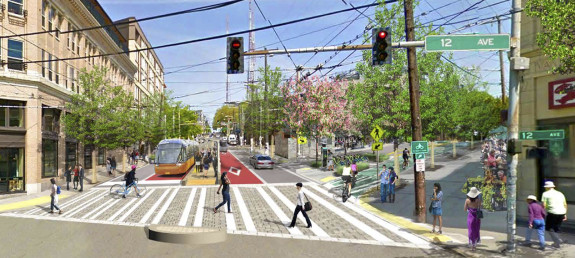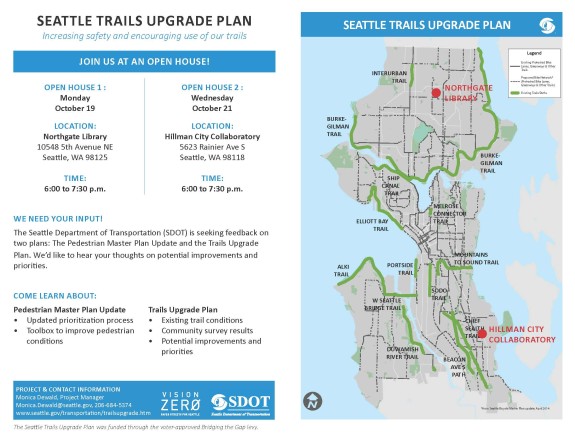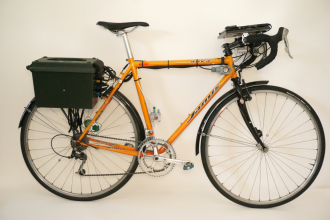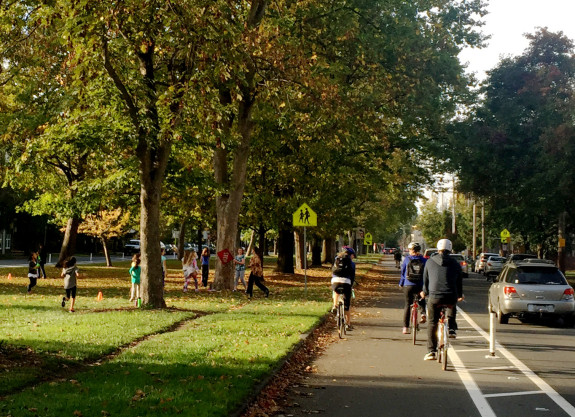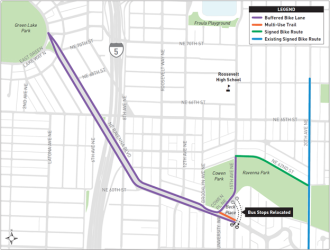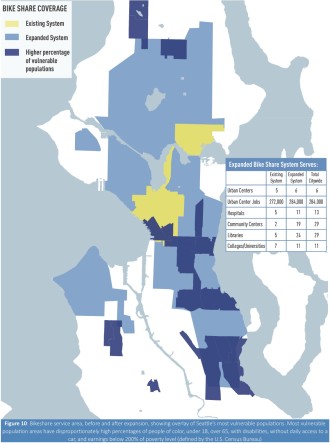
Pronto is just one year old, and already people have pedaled the equivalent distance from the earth to the moon and halfway back. That’s not too shabby considering the average trip on Pronto is less than 20 minutes and only 14 percent of Seattle residents live within an easy walk of a station.
Well, that could all change, but it’s going to need your support. We’ve already outlined the city’s plan for a “massive” expansion of the bike share system. If funded fully, the system could be within an easy walk of 62 percent of Seattle residents. The expansion is especially focused on access to transit and reaching more low-income residents.
Mayor Ed Murray proposed funding for the expansion with a $5 million one-time budget expenditure in 2016, hopefully bolstered by more funding from a Federal grant request.
You can support the mayor’s budget funding today at a public hearing on the 2016 budget. 5:30 p.m. in City Council Chambers in City Hall.
The Seattle Times Editorial Board has come out against the Pronto proposal arguing in part that we should build out the Bicycle Master Plan first. That’s rich coming from a Board that also doesn’t want to pass Move Seattle, our city’s current effort to fund all kinds of transportation improvements including the Bicycle Master Plan.
Pronto is urging members to support the budget at the hearing and by emailing City Council. Here’s the email they sent: (more…)

